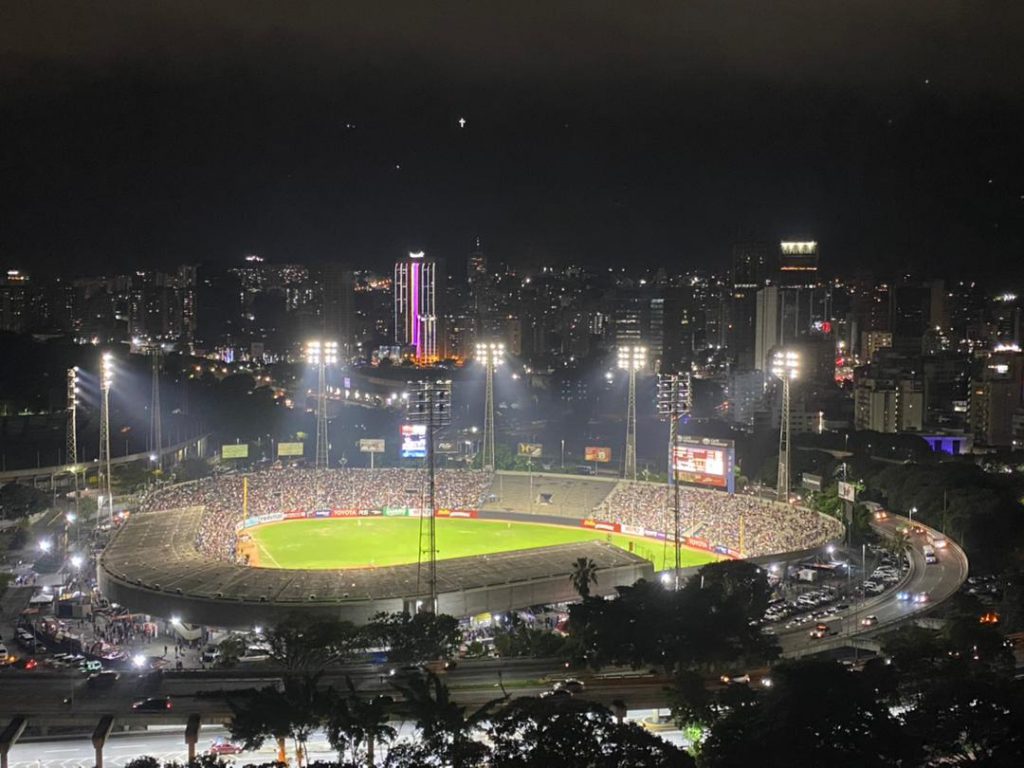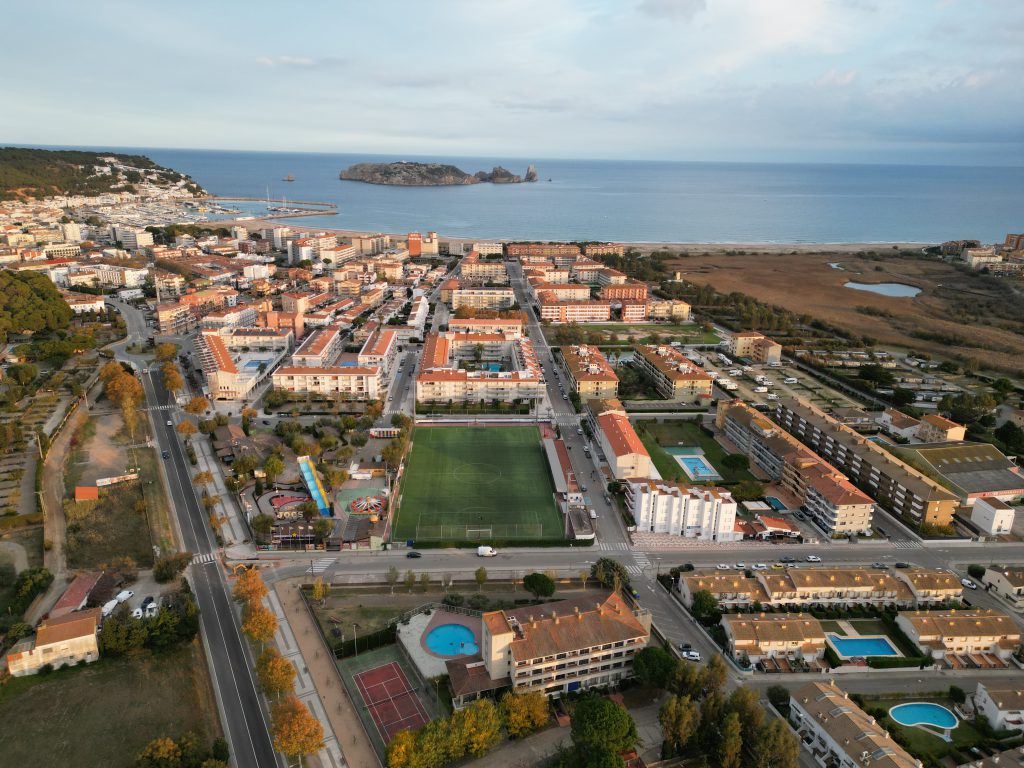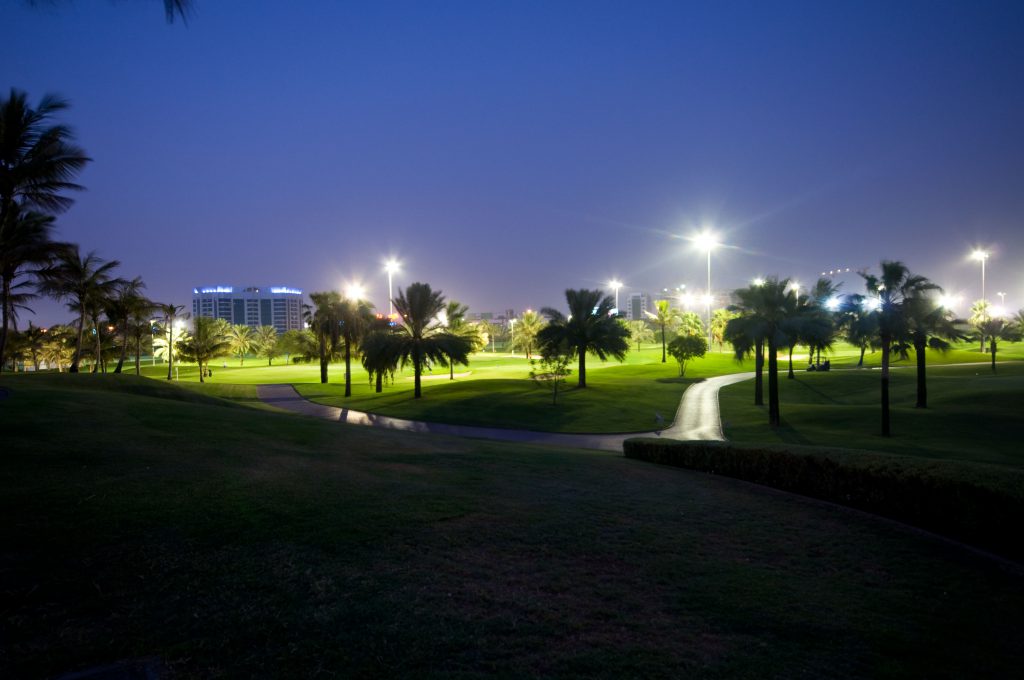Compensate 10 – 20km of street lights

Smart energy solutions
In today’s world, energy efficiency is crucial for reducing carbon footprints and achieving sustainability goals. LED technology is one of the most effective solutions for energy savings. It offers high efficiency and long-lasting performance, making it ideal for a variety of applications, especially in public lighting.
AAA-LUX provides an affordable way to implement LED lighting on sports fields. By upgrading lighting systems in just a few sports venues, cities can reduce energy consumption significantly. For example, replacing conventional lighting on three sports fields can yield the same environmental benefits as replacing over 1,100 street lamps with LED technology.
Cutting costs with LED technology
LED technology provides immediate and long-term cost savings. The energy-efficient nature of LED lights reduces electricity costs while maintaining optimal brightness. LEDs also last longer, meaning fewer replacements and reduced maintenance costs. This makes LED lighting a smart investment for municipalities seeking to lower operational expenses.
The installation process is also more efficient than widespread city-wide upgrades. Installing LED lights on sports fields requires fewer resources and less time, making it a practical starting point for municipalities. Once the benefits are seen, cities can extend the use of LED technology to other areas, such as street lighting.


The smart choice for urban environment
By embracing LED lighting for sports lighting, cities can meet their sustainability goals more efficiently. Not only does it help the environment, but it also provides municipalities with a cost-effective and practical way to achieve long-term sustainability. This strategy sets a solid foundation for future environmental initiatives, proving that LED technology is not just a trend but a solution for a greener future.
In conclusion, LED lights offers the perfect balance of efficiency, savings, and sustainability. It is the key to reducing energy consumption and creating more eco-friendly urban environments.